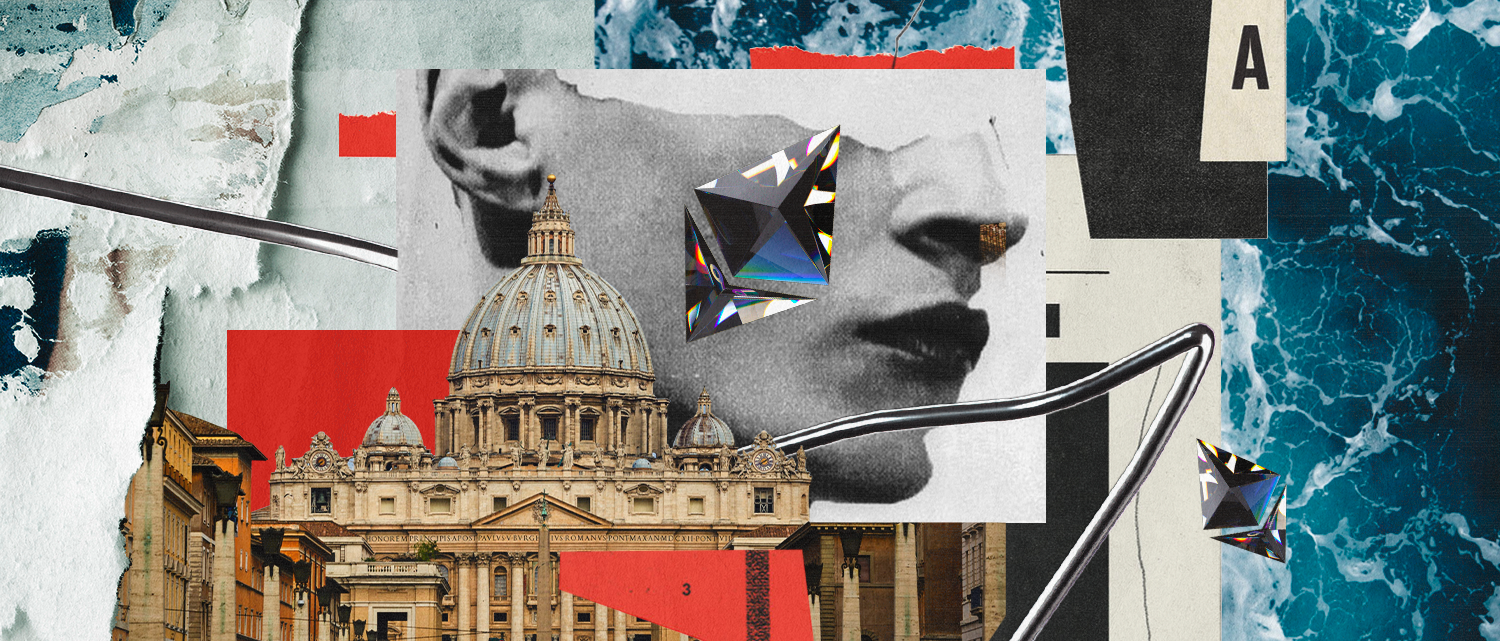
A walk through Vatican City is as close to time travel as humans will get. While its art collection feels frozen in time, it has a galvanizing force that changes the lives of those that gaze upon its beauty.
The Vatican is one of Rome’s most visited attractions. It hosts nearly 25,000 people daily. Visitors come in droves to see this enchanting place. One could spend years touring through the grounds and still crave more. But now, the Vatican plans to give visitors access to its art halls from anywhere in the world through an NFT Gallery.
The Vatican City State
The Vatican is a city-state inside Rome, Italy. The city has its own rules and laws, and the artwork it houses are precious; they are an essential part of world history. There are twenty-six museums within the Vatican that contain a variety of art, from Roman-era portraits to Michelangelo’s most famous paintings.
The Vatican Museum, which includes St Peter’s Basilica and the Sistine Chapel, owns over 70,000 works of art, which include famed pieces by Raphael and Da Vinci. The Vatican will now showcase its collection using NFTs. An entire gallery is in the works.
The Gallery Plans
16th-century art can now be admired by everyone, no matter where they live, thanks to blockchain technology and the power of virtual reality.
Sensorium, a leading metaverse developer, is partnering with the Humanity 2.0 Foundation to develop the first-ever VR and NFT gallery showcasing the Vatican’s art, content, and academic initiatives.
Those watching closely predict that the gallery, which will be accessible on desktop computers and VR, will be ready to visit later this year. This thrilling and borderless experience strives to promote cooperation and encourage humanity to thrive.
This new endeavor will usher in a new era for the Vatican. It will allow blockchain technology to collide with Renaissance masterpieces. Virtual reality will be the doorway to equalizing access to art.
Art for all
The Sistine Hall is floor-to-ceiling jaw-dropping beauty. It’s only a tiny portion of what visitors can view, as the Vatican is vast.
There is too much art on display here to soak it all in during one visit. With this recent move into virtual reality, art lovers will have the opportunity to visit as often as they’d like. People will be able to come back to areas they love and discover more great art.
The dome of St. Peter’s Basilica was intentionally constructed to be immense. Michelangelo wanted it that way so it would “embrace all the Christian people of the earth.” Eighteen popes and twelve architects later, the Basilica was completed.
This historical beauty can now be enjoyed from any living room on earth.
The Vatican’s digital gallery will further democratize world-famous art and give everyone equal access to beauty and inspiration.
About Kit

Kit Campoy is a former retail professional turned freelance writer. She writes about Leadership, Retail, and Web3. Contact Kit for your content needs.

